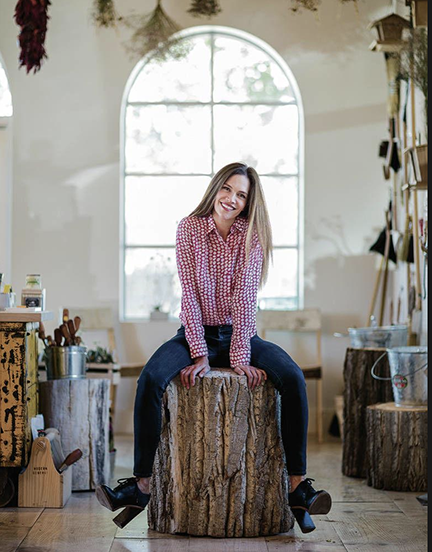Food delivery apps want to bring the big, messy world of food to your door without the fuss of eating out.
But the world of food can’t be boxed, bagged and delivered. Every time we swipe, tap or click lunch or dinner, the future of dining dies a little.
Convenience is a riptide. Yes, in some ways, it’s great we can eat Sriracha-roasted kale chips while texting. But, as someone who has spent 15 years building an organic restaurant business, I worry delivery apps are inflating a bubble of unsustainable expectations. When it bursts, it could flatten choices for everyone.
Delivery apps like Fetch, Grubhub and Uber Eats are making expensive, atmospheric restaurants more convenient than McDonald’s. Restaurants were created for the full-bodied experience of eating, but the myriad details that make a restaurant distinct and exceptional become irrelevant when you can get anything delivered from anywhere.
Profit margins in restaurants have always been thin and failures frequent. If you stay busy enough to stay on the edge of the weeds, you might make a 15 percent profit. When a restaurant “partners” with Uber Eats, for instance, they are charged 30 percent per transaction. That’s outside of the delivery fee passed to the customer. Restaurants lose money on the meal, and the profit is effectively transferred to the app.
The pitch to restaurants is that higher sales will make it to the bottom line. But apps aren’t out to make money moving meals, just like Google doesn’t make money being a search engine. They are out to monetize the information generated by the people using their services. They want to hit you with ads when you are hungry and bored. Grubhub could soon know your PMS cravings better than your boyfriend.
Because their value will ultimately depend on scale, what these startups are gunning for is not the delivery market — maybe $4 billion, or even the to-go market, an estimated $200 billion. They want to insert themselves into as many of the transactions as they can in the $500 billion American restaurant industry.
They might not succeed. But, if they do, their commissions will become a new cost.
Then what? Customers don’t seem inclined to pay more. Restaurants could ratchet down costs with cheaper food, uglier spaces or fewer staff. Or digital networks could own the industry, and we will have a path to robots and 3D printers squirting molten meat goo into burger shapes to be flown to your door by drones.
Either way, anyone like me who has dedicated a life to building a restaurant will be a chump in service to investors who appear to think eating is an unfortunate inefficiency.
Restaurant people are, by choice or nature, unemployable in other industries. It’s a point of pride. We take pride in knowing we thrive in a world that has always terrified or mystified everyone else. We take pride in being great at what we do, because it has always been rewarded by customer loyalty.
“Animals feed; man eats; only wise men know the art of eating,” said Jean Anthelme Brillat-Savarin in The Physiology of Taste, a meditation on the art and science of eating published in 1825.
Americans have come to know the quirky Frenchman largely through a quote that became something of a motto for the Iron Chef TV franchise: “Tell me what you eat, and I will tell you who you are.”
It’s worth considering a variant of that aphorism in light of the explosive growth of food delivery: Tell me how you eat and how you order, and I will tell you who you are becoming.
Erin Wade owns the salad bistro Vinaigrette in Santa Fe, Albuquerque, and Austin as well as two sustainable farms and the café-store Modern General.


